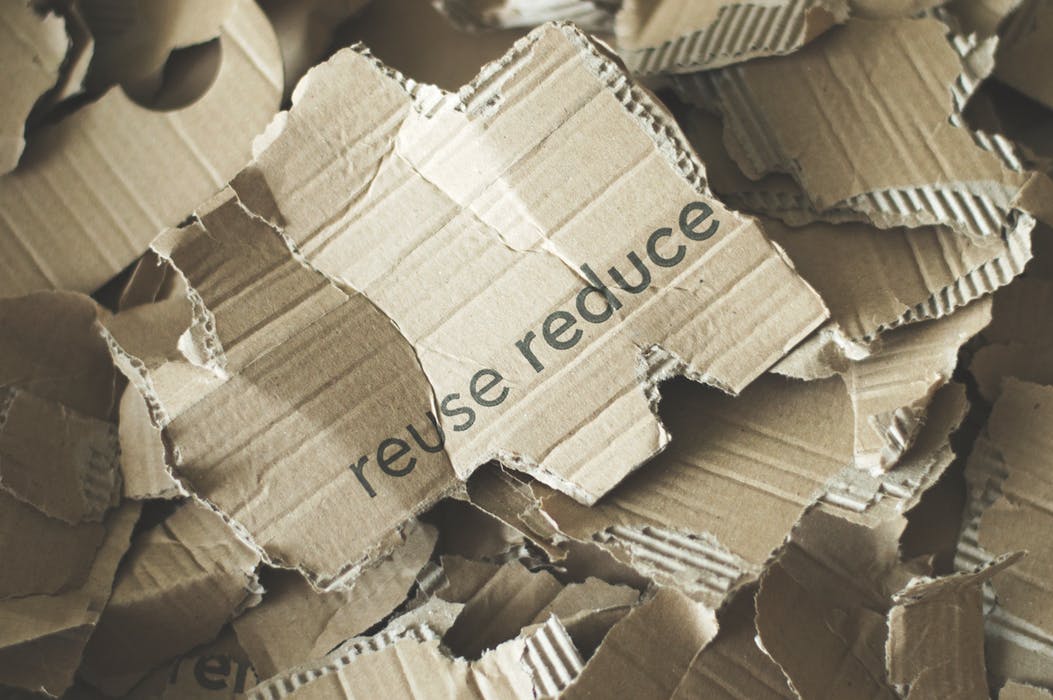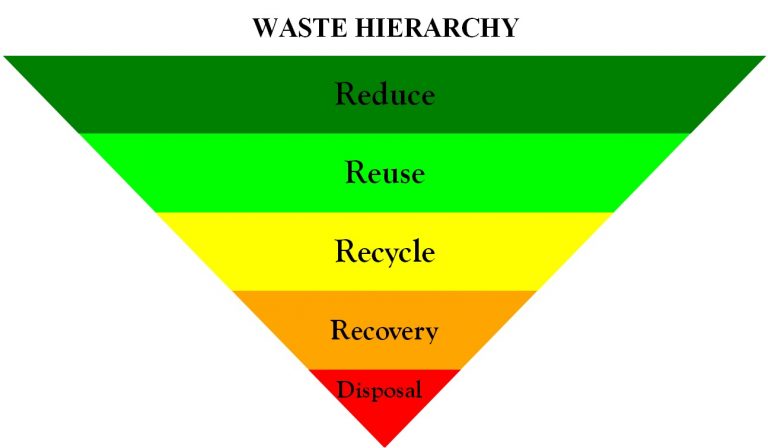
Asbestos is a harmful, potentially fatal mineral and substance, and exposure to it should be completely avoided. Unfortunately this material was used extensively in a number of industrial workplaces, in ships and automobiles, and all kinds of commercial and residential buildings. Although asbestos use drastically declined beginning in the 1970s, it is still found in many older buildings. It is important to be aware of asbestos, to know where it may be, and to rely on abatement professionals to secure it or remove and recycle it.
What is Asbestos and Why is it So Harmful?
Asbestos is a natural mineral that can be mined from the earth and that has been used in a range of human endeavors for millennia. Heavy use of asbestos really began in the early 1900s and continued through the 1970s when federal laws put restrictions on its use in the U.S.
With unique properties, including being lightweight and flexible and being able to resist heat, fire, and electricity, asbestos has been used for a variety of purposes. It has been useful for a number of materials used in insulation, in construction, in shipbuilding, in factories and power plants, and in a number of other industries and settings.
Asbestos is made up of tiny fibers that can easily peel off and become part of the dust in the air or on surfaces wherever it’s used and not properly contained. Anyone exposed to this fiber dust may inhale or ingest it. In the body the fibers are like microscopic needles, lodging in tissue and organs and causing damage that can lead to mesothelioma, lung cancer, asbestosis, and other very serious and deadly illnesses.
Where is Asbestos Now?
Asbestos is not often used now in new materials, but it remains in many homes, commercial buildings, and workplaces that were constructed before the 1980s. Employers are responsible for knowing where asbestos is in a building and making sure it is either abated—professionally removed—or secured so that it cannot cause exposure. Where workers have to handle or be around asbestos, employers must provide training and safety equipment.
Homeowners are responsible for their own houses and determining if there is any asbestos that could cause exposure. There are some materials in older homes that are more likely to contain asbestos:
- Ceiling tiles
- Flooring tiles
- Siding
- Roofing materials
- Joint compound
- Insulation, both in the walls and around pipes and water heaters
- Textured paints and decorative plaster
- Wallboard, especially near furnaces or heaters
What to Do about Asbestos in the Home
A typical homeowner is not equipped to identify or manage asbestos. This is why it’s best to leave it to the asbestos professionals. Any home that was built before the 1980s could have significant amounts of asbestos, and the owners of these homes should have a professional come in to determine if and where that material is.
A professional trained in asbestos identification and abatement can also determine if the asbestos in a home is secure and harmless. If it is not secure it could cause exposure. These professionals are equipped to either re-secure the material or abate it, meaning remove it from the home in a safe, secure manner.
Recycling Asbestos Materials
There are specific federal, and often state and local regulations that determine how an asbestos professional can dispose of these materials. They include specific instructions on how to contain it and which waste facilities will take it and store it.
A newer development in the management of asbestos involves recycling so that materials can be reused safely. Studies have been conducted to determine the efficacy and safety of the process, which typically involves dissolving asbestos with a strong acid or base. This leaves behind a material, such as a metal pipe, that can be recycled or reused. Researchers are also developing ways to recycle the asbestos itself, by heating it high enough to destroy the fibers and turn it into a glass that can be recycled.
Asbestos is extremely hazardous to human health and can cause illnesses that develop over decades. It is important for everyone to know what this material is, where it may still be found, and what to do about it to avoid exposure and maintain a healthy home and workplace.





Leave a Comment